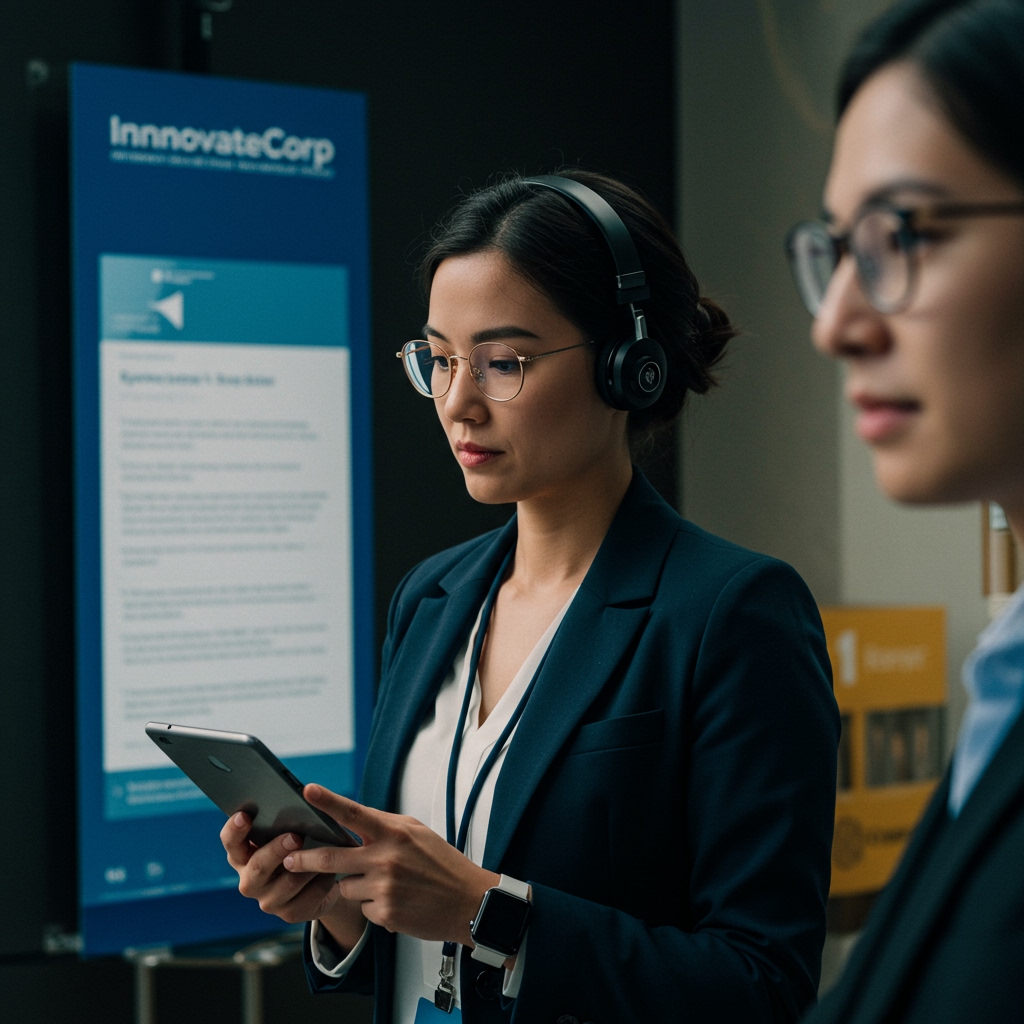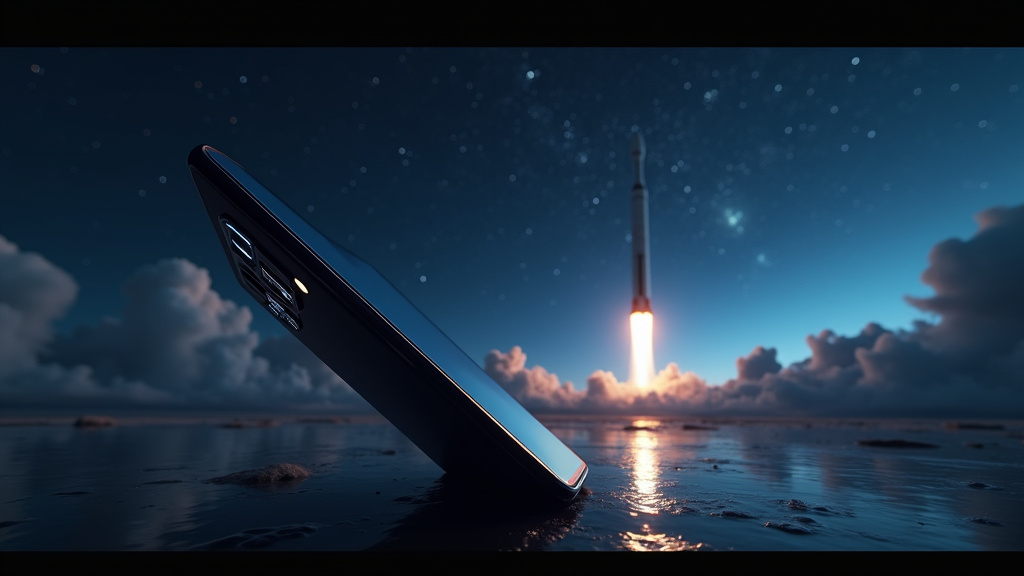July 2025 has emerged as a pivotal month for the global technology sector, marked by significant product unveilings, revealing leaks, strategic adjustments including layoffs across some firms (though specific instances are not detailed in current reports), and ongoing innovation breakthroughs. This period highlights the dynamic nature of the industry, particularly in mobile devices, autonomous transportation, and artificial intelligence.
Mobile Innovation Takes Center Stage: Samsung’s Foldable Push and Apple Leaks
Leading the charge in July’s device news is South Korean giant Samsung, preparing for a major global launch event. On July 9, 2025, Samsung is set to officially unveil its latest generation of foldable smartphones: the Galaxy Z Fold 7 and the Galaxy Z Flip 7. Anticipation is high for these devices, which are expected to build upon the foundation of previous models with notable enhancements.
Leaks circulating ahead of the launch suggest both the Z Fold 7 and Z Flip 7 will feature significantly improved battery life, a crucial upgrade for power-hungry foldable screens. Both devices are also tipped to arrive with an IP48 durability rating, indicating enhanced resistance to dust and water, and, remarkably, user-replaceable batteries. This latter feature, if true, would represent a significant shift in consumer electronics design, addressing long-standing user desires for easier repair and longevity.
Specific details emerging from leaks point to the Galaxy Z Fold 7 potentially offering a 16GB RAM option for enhanced multitasking performance. Its battery capacity is rumored to be 4,272mAh, an upgrade estimated to provide over 40 hours of use on a single charge under typical conditions. The more compact Galaxy Z Flip 7 is expected to feature a nearly bezel-less 4-inch cover display, expanding its usability when folded, and is predicted to achieve approximately 42 hours of battery life, according to early estimates.
Adding another layer of excitement to Samsung’s roadmap is the rumored development of a tri-fold device, potentially dubbed the “Galaxy G Fold”. Reports suggest this innovative device will employ a unique G-shaped mechanism allowing it to fold into three sections, revealing a substantial 9.96-inch display when fully unfolded. This experimental form factor is currently anticipated for an initial launch in select markets, specifically South Korea and China, before a potential wider release.
Across the competitive landscape, details regarding Apple’s future iPhone lineup have also surfaced this month. Leaks concerning the forthcoming Apple iPhone 17 Pro Max suggest a notable increase in battery capacity, potentially housing a 5,000mAh battery. While this larger battery could lead to a slightly thicker device design, it is also estimated to provide impressive endurance of up to 35 hours of battery life, addressing a key user demand for longer usage between charges.
Challenges in Autonomous Mobility: Tesla’s Robotaxi Experience in Austin
Beyond personal devices, the realm of autonomous vehicles continues to evolve, albeit with challenges. Tesla’s deployment of its robotaxi service in Austin, Texas, has reportedly encountered difficulties. Issues cited include instances of collisions and traffic violations. These incidents highlight the ongoing complexities and hurdles in bringing fully autonomous transportation to public roads.
Experts observing the sector point to potential limitations in Tesla’s approach, which primarily relies on a camera-only system for navigation and perception. This contrasts with the strategies employed by competitors like Waymo, which integrate additional sensor modalities such as lidar and radar alongside cameras. The incidents in Austin underscore the debate within the industry regarding the most robust and reliable sensor suite for achieving safe and widespread autonomous driving capabilities.
The Accelerating Race in Artificial Intelligence Assistance
The competition in the artificial intelligence assistant space shows no signs of slowing down, with major players continuing to refine and expand their offerings. OpenAI’s ChatGPT remains a prominent force, demonstrating enhanced integration capabilities with various platforms. Recent developments include deeper links with services like Slack and Canva, allowing users to leverage ChatGPT’s capabilities more seamlessly within their workflows.
Meanwhile, Google’s Gemini continues its development trajectory, with a focus on advancing its proficiency in specific areas such as task automation and translation tools. The ongoing refinement of these AI models and their integration into everyday applications signifies the rapid pace of innovation in artificial intelligence, promising increasingly sophisticated and helpful digital assistants for users worldwide.
July 2025’s tech news paints a picture of an industry simultaneously pushing the boundaries of innovation in device form factors and AI capabilities while also grappling with the significant real-world challenges of deploying complex autonomous systems. The coming months are likely to see further developments as companies respond to market dynamics, address technical hurdles, and continue the race for technological supremacy.













